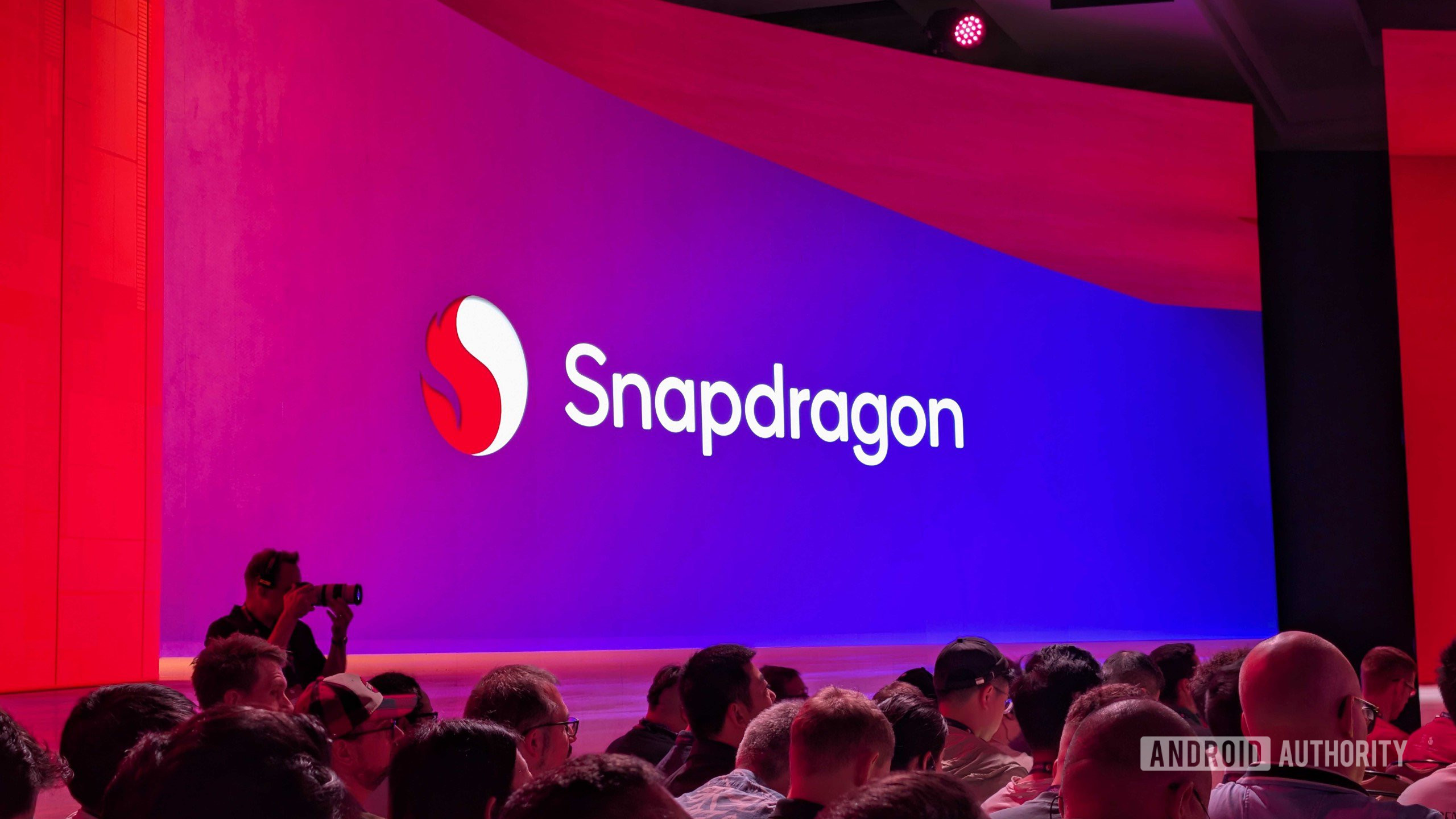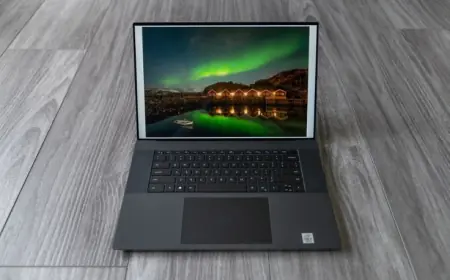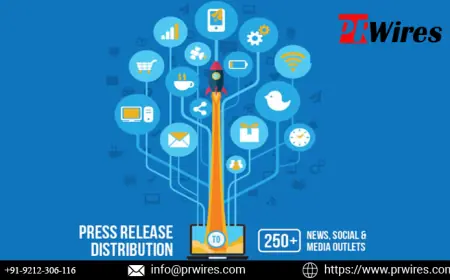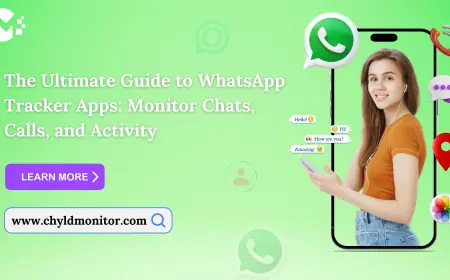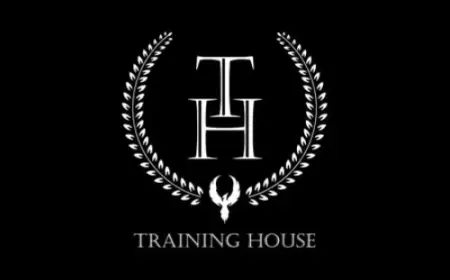How Remote Patient Monitoring Reduces Healthcare Costs: A Comprehensive Guide
How Remote Patient Monitoring Reduces Healthcare Costs: A Comprehensive Guide

In the age of digital health, Remote Patient Monitoring (RPM) has emerged as a transformative solution, offering healthcare providers and patients innovative ways to manage chronic conditions, enhance care delivery, and significantly reduce healthcare costs. This article explores how RPM works and the various ways it contributes to cost savings in the healthcare industry.
What is Remote Patient Monitoring?
Remote Patient Monitoring (RPM) refers to the use of technology to monitor and collect health data from patients in real-time outside traditional healthcare settings. This can include vital signs such as blood pressure, heart rate, glucose levels, and oxygen saturation, which are transmitted to healthcare providers for continuous analysis and management. RPM can be particularly beneficial for patients with chronic diseases like diabetes, hypertension, and cardiovascular conditions.
How RPM Reduces Healthcare Costs
-
Reducing Hospital Readmissions Hospital readmissions are a significant driver of healthcare costs. RPM helps to minimize readmissions by allowing healthcare providers to monitor patients’ health outside the hospital, intervening early when abnormalities are detected. For instance, if a patient with heart disease experiences an abnormal rise in blood pressure, healthcare providers can offer timely advice, preventing the need for hospitalization. According to studies, early intervention through RPM can lower hospital readmission rates by up to 20%, translating to substantial cost savings.
-
Preventing Emergency Room Visits Emergency room visits are often costly, especially for patients with chronic conditions. With RPM, patients can monitor their health regularly and share data with their doctors. Early detection of potential problems means that healthcare providers can intervene before an issue escalates to an emergency. This reduces unnecessary emergency room visits and the associated high costs, benefiting both patients and healthcare systems.
-
Improving Chronic Disease Management Chronic diseases require long-term, ongoing care that can be expensive for both patients and healthcare providers. RPM enables continuous monitoring, which leads to more precise adjustments in treatment plans. For example, a diabetic patient can track their glucose levels remotely, and their doctor can adjust insulin doses without the patient needing to visit the clinic. This proactive management can reduce complications, hospitalizations, and the need for expensive treatments.
-
Increasing Healthcare Efficiency RPM promotes greater healthcare efficiency by allowing healthcare providers to monitor multiple patients simultaneously. This reduces the need for in-person visits, freeing up healthcare staff to focus on more critical cases. With data automatically sent from patients’ devices to healthcare providers, medical professionals can easily identify patterns and intervene early, which optimizes resources and reduces administrative overhead.
-
Reducing Labor Costs RPM also helps reduce labor costs in healthcare settings. By automating the process of monitoring patients, healthcare staff can focus on higher-priority tasks. Remote monitoring allows for a more personalized care approach without requiring continuous manual check-ins, which leads to more efficient use of medical personnel. This also helps prevent the burnout of healthcare workers, reducing the associated costs of turnover and hiring.
-
Enhancing Preventive Care With regular data collection, RPM enables healthcare providers to focus on prevention, which is far more cost-effective than treating acute conditions. By monitoring patients’ vital signs and other health indicators, doctors can identify potential health risks early on, before they develop into more severe, expensive health issues. This preventative care approach not only improves patient outcomes but also helps reduce the long-term financial burden on healthcare systems.
Conclusion
Remote Patient Monitoring (RPM) is not just a technological advancement; it's a cost-effective solution that helps lower healthcare expenses while improving patient outcomes. By reducing hospital readmissions, preventing emergency visits, enhancing chronic disease management, improving efficiency, reducing labor costs, and promoting preventive care, RPM proves to be a win-win for both patients and healthcare providers.
The integration of RPM into healthcare systems is an essential step towards a more sustainable and affordable healthcare future. By embracing this technology, we can improve patient care while significantly reducing costs, making healthcare more accessible and effective for everyone.
What's Your Reaction?
 Like
0
Like
0
 Dislike
0
Dislike
0
 Love
0
Love
0
 Funny
0
Funny
0
 Angry
0
Angry
0
 Sad
0
Sad
0
 Wow
0
Wow
0
